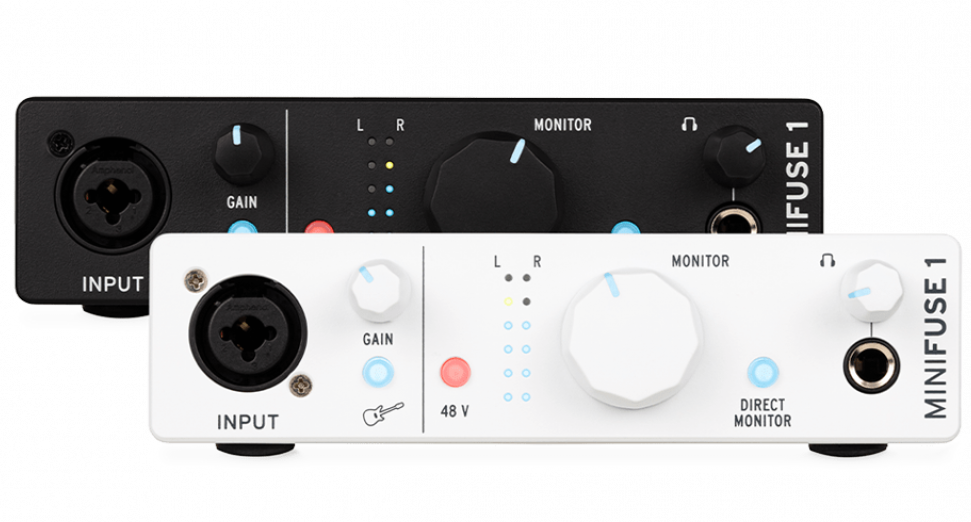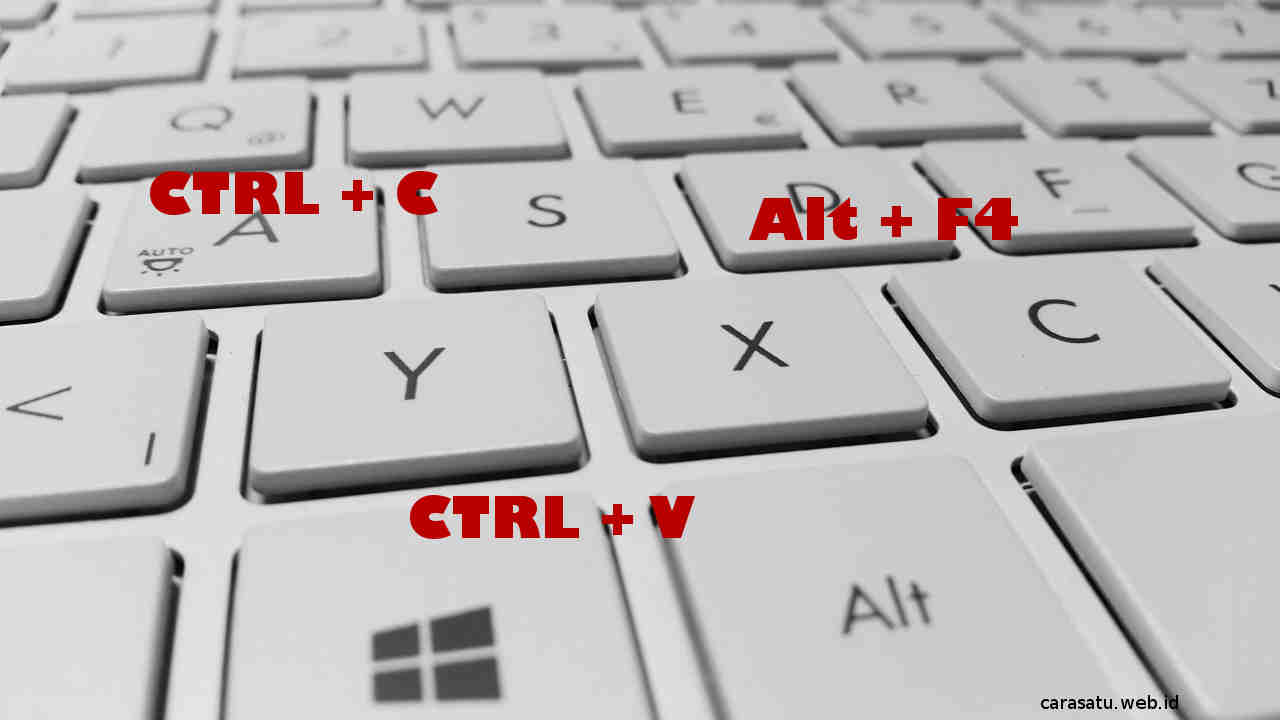Mistakes in Music Production by Beginners and Solutions
Note: This post is specifically for beginners in the field of music production (like me). I don't mean to teach, because I know that there are a lot of seniors here who are experts in music production. I also need advice from seniors who are here and can reply to my writing.
In this post, I will discuss the mistakes that are usually made by music engineering beginners like me. If you've read my first post about 13 mixing mistakes, this is an addition to what I've written before. 13 mixing mistakes
1. Misinterpret stereo.
Most beginners think that stereo only has left and right sounds. For example, when recording an instrument such as a guitar, the sound produced is mono. A beginner will copy the same track then pan one to the left and one to the right to make it stereo, that's wrong. Because it will also sound mono. In principle, the stereo sound will sound different between the left and right channels.
The ideal solution is that we have to record twice (Double Tracking), the first recording is panned to the left and the second is panned to the right. Because the voice input is done twice, it will produce a different sound.
But what if it's already been recorded once, it's impossible to record twice? The solution is to do a Fake Stereo/Pseudo Stereo. The trick is to copy the first track, panning left and right, but the channels are not aligned. Or if they are placed parallel, a delay effect must be given, and the frequency of the two is set differently. Look at the image below.


2. Arrangements in the same octave.
A mistake that is often made by beginners in arranging is placing one musical instrument with another on the same frequency. For example when making arrangements with the key of C. The piano is placed in octave C4, then other instruments are also placed in the same octave, which is a mistake. Because the sound produced has the same frequency and between one instrument with another instrument will overlap and cover each other. Avoid making this mistake so that later it is not difficult when mixing.


The solution that has to be done is to distinguish octaves between instruments or press different keys with the same key (Chord Inversion). For details, see the image below.


3. Do not use the sustain pedal.
In some instruments, the sustain pedal is very important, such as Acoustic Piano, Electric Piano, and others. without using the Sustain pedal will result in intermittent sound.
The solution is, if you don't want to repeat the midi (Piano), you can simply record the sustain pedal, in the desired position. Or the second way is, every DAW must have a sustain feature, you can add it to your midi (piano roll), and each DAW has a different way to use the sustain pedal.

Source

Sourceefb064b605f30af0b98c44448d581&mode=view
4. Put the reverb effect on the same input channel.
The reverb effect given to an instrument, such as vocals, is better not on the same input channel, this will cause the sound to be no longer natural. But what was heard was the echo of the voice. The bigger the reverb effect that we use, the more it loses the original sound.

The best way is, the vocal sound to be sent to another channel, then give a reverb effect on that channel. That way you can set how much signal is sent to the reverb channel and can also set how much reverb effect you want to give.

If you're a pro, you'll likely be more proficient even if you use reverb on the original channel, but beginners shouldn't.
The advantage of using separate reverbs is that you can use one reverb effect for multiple instruments and set how much signal each instrument sends. Because reverb is a heavy effect, especially if each instrument has its own reverb.

5. Too much reverb effect.
Unlike the fourth point, if at the fourth point there was an error when placing the reverb effect, while at this point it was correct to install the effect but it was too much.
The reverb effect required for an instrument or vocal is in principle very small. If your hearing feels less, actually it is enough. Giving too much reverb effect will result in the sound not sounding good.

6. Not paying attention to (forgetting) sibilance
Sibilance is an exaggerated "ES" sound in a vowel. Like pronunciation. some vocalists have excessive "ES" pronunciation characters. A special way out for pronouncing “ES” is to use the De-Esser effect and set it smaller.
7. Wrong Root Position.
The mistake that beginners make specifically for playing the piano or keyboard is playing one chord with another that is far apart. This will result in a sound that is interrupted/paused when moving the chord (Chord Progression).
It is best to play each of the piano chords closes together. To understand (chord Inversion) there must be special learning. By playing chord inversion easily, it will avoid playing errors, the sound cut off and it is easy to place the instrument's frequency range when mixing. For example Piano 1 in the mid-high range and the second piano in the middle. But if on piano 1 there are also mid-frequency chords, it will be difficult to mix.

8. Incorrectly set the Gain on the Soundcard.
Most beginners put the Gain setting on the Soundcard in the same position. Even though you know that each sound source has a different volume, and the gain settings on the soundcard must be different.
For example, vocalist 1 has a loud voice, so the gain must be set lower (left), while vocalist 2 has a low voice character, otherwise, it must be set higher (right). To find out the difference, it can be seen from the waveform generated by the sound source.

Source
9. Do not use keyboard shortcuts.
By using Keyboard Shortcuts will facilitate the work of music engineering.
A music engineer often performs repetitive activities, such as recording, pausing, exporting, and so on. An example of a case is when you are recording a guitar, it will be difficult when you hold the guitar but you also have to hold the mouse. The shortcuts that we often use on PCs or laptops are Ctl + S (Save), Ctrl + C (Copy), and others. In music arrangement/mixing activities, this must also be applied to make the work easier. To set it you can change it in preferences or anywhere.

Source
10. Vocals and Music Don't mix.
Many beginners complain that vocals and music sound separate, especially when using karaoke music (minus one).
To unify between vocals and music, the key is that you have to listen to the ambiance or reverb that appears in the music. If you have listened to the ambiance/reverb character of the music, then you can set the similarity/nearly the same as the vocal ambiance/reverb.
11. Not paying attention to (forgetting) Tuning.
A mistake that is also often made by beginners is not paying attention to the tuning properly, especially when recording guitar. No matter how good the mix is, if the guitar is not tuned properly, the listener will lose their appetite. Thus, before starting the guitar recording process, pay attention to the guitar tuning that matches the chords of other instruments that have been recorded previously. DAW Studio One also has a tuner feature that can help guitarists.
12. Memorizing the Setting Numbers.
As I have written in this post, the settings for each instrument are different. Even the same instrument and recorded at different times will have different input results. Because the input sound is different, different settings are required.
Example Compressor settings will be greatly influenced by the character of the sound, volume, state of the room, and others. Moreover, the same plugin but different brands also have the same resolution level. For example, a DAW 1 compressor may be different from a DAW 2 compressor. In conclusion, a music engineer should not memorize numbers because there is no standard formula for the mixing process.
13. Incorrectly entered input while recording.
On the Soundcard, there is usually a line input and Instrument Music Input (Ins). The difference is that the line input port requires a large level (volume), while the Instrument port is for a low input lever. If you assume a keyboard is a musical instrument and you insert it into the INS port it is a mistake because the keyboard has a large (volume) level, and it fits better via line input. On the other hand, if you insert a vocal mic into the line input hole, it is also a mistake because the vocal has a level (low volume. If you insert a microphone through the line input it will produce a small sound, and if you increase the volume, you will hear a large noise.

Source
https://twitter.com/aq_resyi/status/1476262355696717827
The rewards earned on this comment will go directly to the person sharing the post on Twitter as long as they are registered with @poshtoken. Sign up at https://hiveposh.com.
Your content has been voted as a part of Encouragement program. Keep up the good work!
Use Ecency daily to boost your growth on platform!
Support Ecency
Vote for new Proposal
Delegate HP and earn more